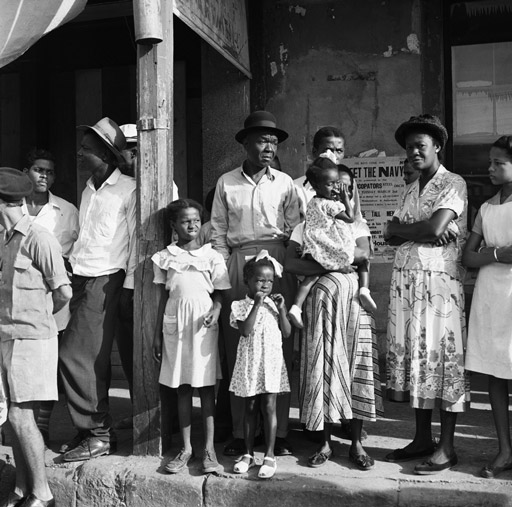Sam Selvon’s The Lonely Londoners
Sam Selvon came to Britain during the early days of post-war migration, unusually not for economic reasons. The son of an Indian father and a Scottish-Indian mother, Selvon had a relatively comfortable middle-class upbringing. After serving in the Trinidadian Navy, Selvon worked on newspapers and literary magazines in Port of Spain, Trinidad. He moved to England in 1950, to avoid ‘being lulled into complacency and acceptance of the carefree and apathetic life around me’ (Selvon in Nasta and Rutherford, 1995, p. 58).

Although Selvon had published short stories and poems in his native Trinidad, it was not until after he settled in London that his career as a writer began to flourish. His first novel, A Brighter Sun, a story of Trinidadian rural life, was published in 1952, followed by another Caribbean-themed novel, An Island is a World (1955). The Lonely Londoners, perhaps his best-known and commercially most successful novel, followed in 1956, and was his first to address the migrant experience. Trinidad and London continued to serve as the main settings for the majority of Selvon’s fiction thereafter.
Selvon’s early experiences in London became the foundations for The Lonely Londoners. His first home was the Balmoral Hotel in South Kensington, a hostel mostly populated by colonial students, but also housing various other kinds of immigrants. Many of the people Selvon came into contact with provided the raw material for the central characters in The Lonely Londoners. For Selvon, this period was significant for what it taught him about himself and other West Indians, as well as presenting him with some negative first impressions of England:
It was my first experience of living among other West Indian islanders, happening in the heart of London thousands of miles from our home territory, and I learned as much about them as I learned about the English, whose ignorance of black people shocked me.
It was as a consequence of encountering migrants from other West Indian islands that Selvon for the first time became ‘aware of the richness and diversity of Caribbean speech’ (Sandhu, 2003, p. 145), an important factor in the writing strategies adopted in The Lonely Londoners, enabling him to articulate experiences relatively new to literary fiction at the time.
Selvon was also instrumental in helping to establish a community of West Indian writers in London. It should be noted here that this community was at first overwhelmingly male. In the 1950s most West Indian migrants were men; only when they had settled did some bring their families to Britain. Almost inevitably, there is an emphasis on masculine perceptions in The Lonely Londoners. The impact of this on the novel’s gender perspectives will be discussed later.
After almost thirty years, growing disillusionment with England led Selvon to emigrate to Canada in 1978. His literary fame brought him a number of awards and academic posts in Britain, the West Indies and Canada. Selvon returned to Trinidad in 1993, dying the following year of pneumonia and lung disease.
